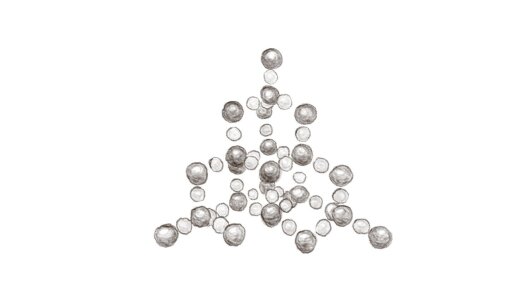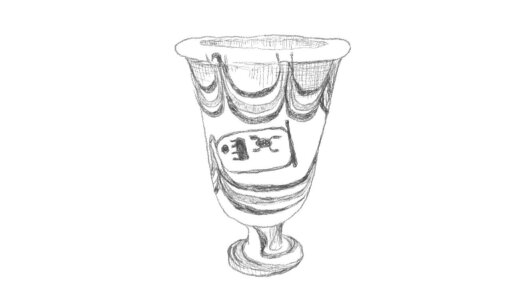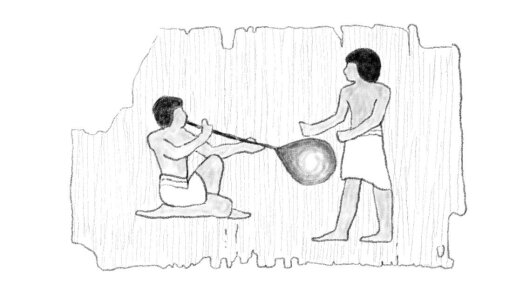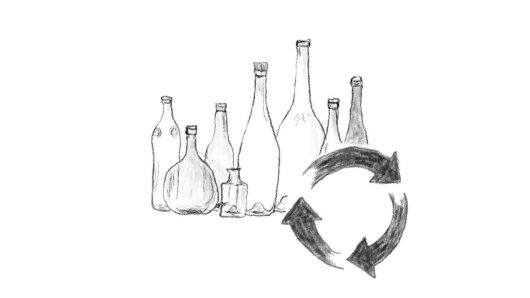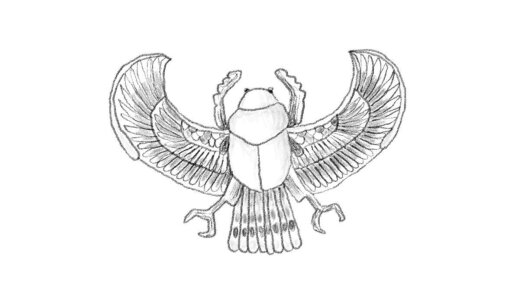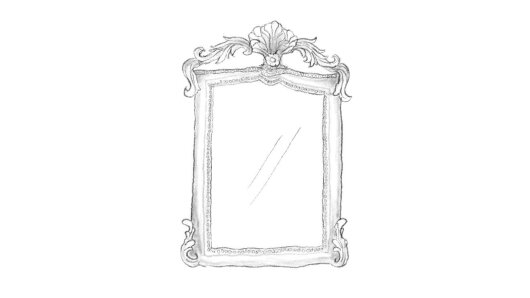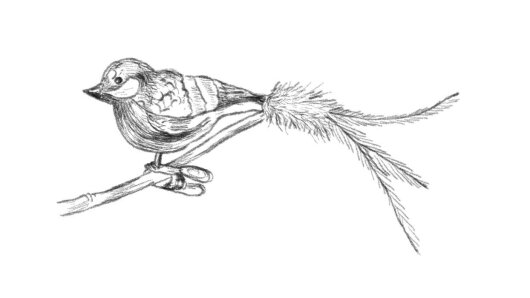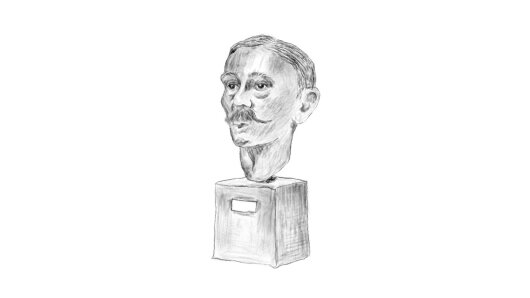1,710°C
is the melting point of crystalline quartz, which consists of SiO2 (silicon dioxide), the main component of quartz sand. If this chemical compound is melted, the SiO2 molecules arrange themselves in a very specific pattern: the oxygen atoms form tetrahedra – pyramids with four triangular faces – and the silicon atoms can be found in the middle of each tetrahedron. In a quartz crystal, this tetrahedral structure continues periodically without any deviation. If the tetrahedra do not form a continuously periodic structure and if further components are added to the melt, a silicate glass is produced. This can be formed at temperatures of 500 to 800°C.
